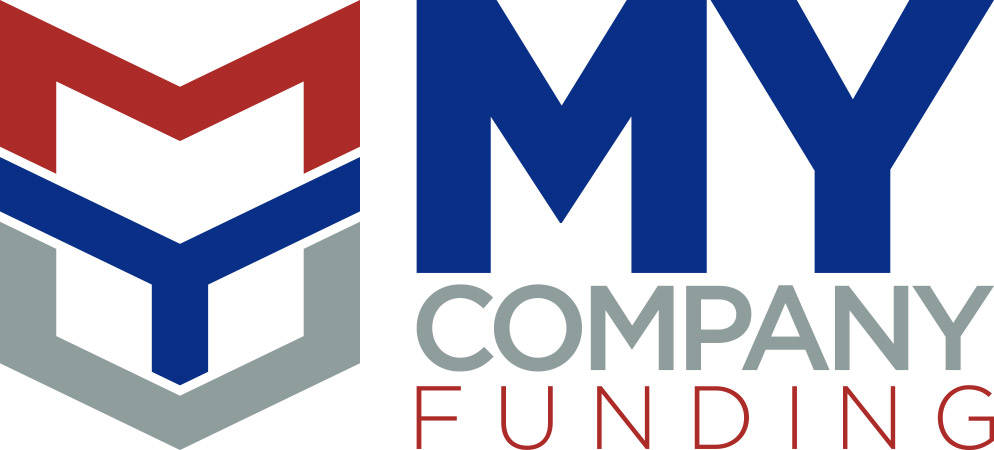
About 67 percent of small businesses fail within their first decade of existence, states the Small Business Administration. A huge part of the problem stems from ineffective planning that leads to ineffective use of the business’
working capital.
Effective Business Planning
What comprises good, effective business planning?
It starts with a strong, well-thought-out
business plan. That needs to include an accurate, clear business description, current employee and management needs, plus future projections, SWOT and competition analysis, marketing plans and finally addressing the business’ capital needs, including its budgets and projected cash flow. This set of documents guides business operations.
Without a business plan, your business lacks guidance, and that quickly impacts working capital. When you misallocate funds, you erode your working capital. Without those funds, you cannot pay short-term creditors. This can affect your business in four major ways. These include:
- Insufficient product inventory which results in client dissatisfaction
- Low liquidity resulting in an inability to pay utilities, wages and other day-to-day operational expenses
- Penalties, late fees, interest owed
- Bankruptcy.
To successfully manage your working capital, you must pre-determine the needed budgets to maintain liquidity while maximizing profit. Beyond just keeping things running, you need to pre-plan a way to build the business using existing capital. The alternative is to take out an emergency loan or court venture capitalists or angel investors, something for which your business may not yet be ready.

Saving a Faltering Business
What if you already started without a plan? What if your business already faltered and you need to save it?
You can obtain an infusion of new working capital to pull things together. You might consider a short-term loan that lets you meet the needs of your day-to-day operations, pay wages and keep your product inventory at appropriate levels. A working capital loan, as it is called, provides money on a very short term compared with typical loan types.
These loans have terms of 30, 60 and 90 days.
In a business with appropriate liquidity, you have a few months’ worth of cash saved with which to pay bills. Perhaps your business started slowly or you miscalculated the amount of funding required to expand or introduce a new product. Do the math to figure out how much money you need, write or rewrite the business plan, so you have the documentation to guide operations and apply for a working capital loan. The financial lender will examine various factors, including the business’ accounts receivable, how long it takes the business to collect its payments, its outstanding bills, current inventory and liabilities, plus the actual cash flow the business requires to run things adequately.
If you have faltered in your business’ cash management, you do have options besides bankruptcy. If you only need three months or less of working capital to see you through, a working capital loan can provide that. Contact
My Company Funding today to learn more about working capital options.


